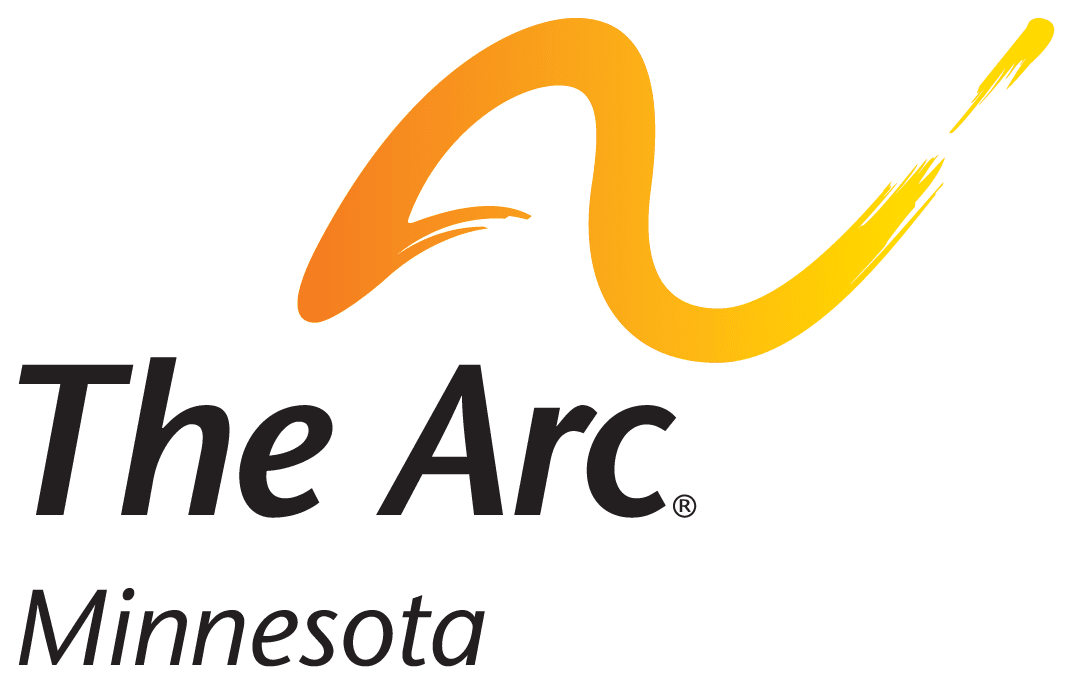What is Section 504?
Section 504 is part of the Rehabilitation Act of 1973. The Rehabilitation Act is a federal law that prohibits discrimination based on disability in any setting that receives federal funds. In order for someone to qualify for services under Section 504, the disability must limit a major life activity such as caring for one’s self, performing tasks, walking, seeing, hearing, speaking, learning or working.
Section 504 applies to students in any educational setting from preschool through college including adult education. It is designed to give equal access to education and give students who qualify help to give them the same learning opportunities as other students.
How does my child qualify for a 504 plan?
A student must first be evaluated by the school team to determine if she or he has a disability. Parents or school personnel may ask for an evaluation. The evaluation consists of testing in all suspected areas of disability and observations of the student’s ability to participate in school activities. A team of professionals from the school and the parents determine what tests will be done. The evaluation should be done by school professionals who are knowledgeable about testing and how to interpret test results. Information must be gathered from a variety of sources.
A student may have received a diagnosis from a medical professional that they have a disability. A medical diagnosis from a doctor may need to be provided to the school to assist in determine eligibility. However, a school evaluation to determine an educational disability classification is still required.
When it is determined the child has a disability and that his/her disability is affecting their learning, a team of school professionals and the parents meet to determine if the student qualifies for a 504 plan.
Every public school district is required to have a 504 coordinator to sit on this team and help write the plan and make sure it is being followed.
What is in a 504 plan?
A 504 plan describes help the eligible student will get in the general education classroom and other school activities. The plan lists specific ways to teach and support the student including changes in how the student takes tests and does required state testing.
The plan is written on a form that details:
- who is on the planning team (student, parents, 504 coordinator, persons with knowledge of the student, persons who can talk about the evaluation)
- the student’s disability or suspected disability
- how the disability impacts the student’s ability to learn and participate in regular education
- where services will be provided
- accommodations for the student to be provided in the regular education setting. Examples include: shortened homework assignments, tests in a quiet room, sign language interpreters, note takers, etc.
- procedural safeguards that describe parents’ rights
The parents, teachers and any other school people who work with the student should have a copy of the 504 plan
Parents must sign a plan for an initial evaluation and placement but are not required to sign the 504 plan.
How often is the 504 plan written?
The law says, “Periodically”, but best practice would be to have the plan reviewed and rewritten every year.
If you have concerns or problems with the plan or want to change it, talk to the 504 Coordinator and/or the school principal.
Additional Resources:
Minnesota Department of Education Model Form: Section 504 Plan Checklist: https://education.mn.gov/MDE/dse/504/
Office of Civil Rights Frequently Asked Questions about Section 504 and the Education of Children with Disabilities: https://www2.ed.gov/about/offices/list/ocr/504faq.html
Arc Guide to Medical Diagnosis of Disability vs. Eligibility for Special Education Services: https://arcminnesota.org/resource/arc-guide-to-medical-diagnosis-of-disability-vs-eligibility-for-special-education-services/
Minnesota Manual of Accommodations: https://ici.umn.edu/products/view/791
For further information or advocacy services, contact The Arc Minnesota at 952-920-0855 or toll-free at 833.450.1494 or visit www.arcminnesota.org. (Please note: This document is not legal advice, and should not be construed as such. Thus, no information herein should replace the sound advice of an attorney.)
All rights reserved (c) 2019 The Arc Minnesota
